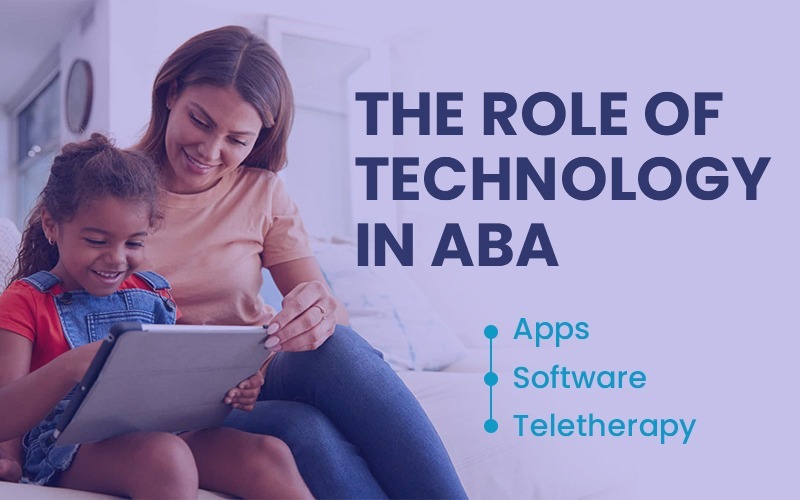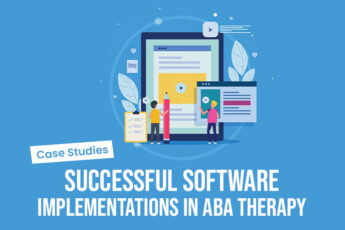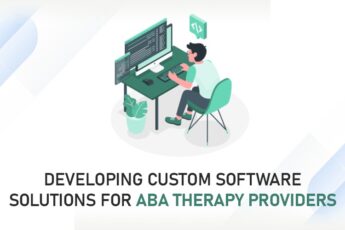Applied Behavior Analysis (ABA) has revolutionized the way we understand and treat developmental and behavioral challenges. In recent years, technology has emerged as a powerful ally in this field, offering innovative tools and approaches that enhance treatment effectiveness, accessibility, and efficiency. From interactive apps and data-driven software to the rising popularity of teletherapy, technology is transforming the landscape of ABA, impacting both practitioners and individuals receiving care.
Apps and Software: Empowering Individuals and Practitioners
The use of technology in ABA is not merely a modern trend; it is a strategic shift that harnesses the power of digital tools to facilitate positive behaviour change. Numerous apps and software solutions have emerged, each designed to address specific needs and cater to diverse learning styles.
Data Tracking and Analysis:
Software like ABLLS-R and VB-MAPP helps therapists track progress, personalize treatment, and make good decisions.
Increased Accessibility and Engagement:
Mobile apps and software offer unparalleled convenience, allowing individuals to access ABA services anytime, anywhere. This accessibility is particularly beneficial for those living in rural areas or facing mobility limitations, breaking down geographical and logistical barriers to quality care. Additionally, the engaging and interactive nature of technology can significantly increase motivation and engagement, making the learning process more enjoyable and effective.
Teletherapy: Bridging the Gap
Teletherapy, also known as online therapy, has emerged as a groundbreaking approach in ABA, enabling practitioners to provide services remotely through video conferencing and secure messaging platforms. This modality offers numerous benefits, including:
Increased Accessibility and Affordability:
Teletherapy eliminates geographical barriers, making ABA accessible to individuals who may not have access to qualified professionals in their local area. It also reduces the need for travel, potentially lowering the cost of treatment and increasing its affordability.
Enhanced Flexibility and Convenience:
People can do therapy from home, whenever they want.
Improved Communication and Collaboration:
Teletherapy platforms enable practitioners to share resources, communicate with parents, and collaborate with other professionals seamlessly. This enhanced communication promotes a holistic approach to treatment, ensuring that all stakeholders are informed and engaged in the process.
Ethical Considerations and Best Practices:
While technology offers numerous advantages, it’s crucial to address ethical considerations and ensure the ethical application of technology in ABA. These include:
- Maintaining Confidentiality and Security: Implementing robust security measures to protect sensitive client data, ensuring compliance with privacy regulations, and employing secure communication channels are paramount.
- Ensuring Quality and Effectiveness: Establishing clear guidelines and protocols for teletherapy sessions, adhering to best practices, and ensuring appropriate training for practitioners are essential to maintaining the quality and efficacy of services.
- Addressing Technological Barriers: Providing access to technology, ensuring reliable internet connectivity, and offering alternative modes of communication for individuals with limited technological literacy is crucial for inclusivity and accessibility.
Conclusion: A Brighter Future with Technology
Technology helps ABA workers do their jobs better and reach more people. New tools make learning fun and easier for people who need help.
DIBS is committed to empowering ABA practitioners with cutting-edge technology solutions. Technology can make life better for people everywhere. We make easy-to-use software that helps people to communicate and reach their goals.







Leave a Comment